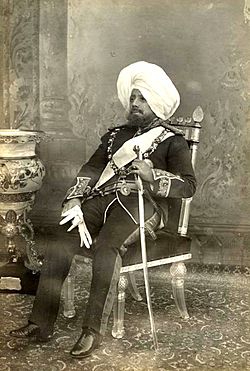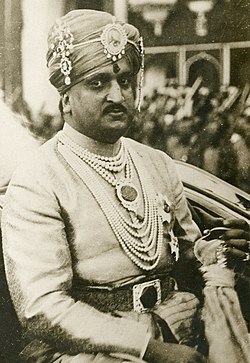This article is currently slated for merging. There is consensus to merge this article into List of governors of Jammu and Kashmir . You can carry out the merge by following the resolution at the destination's talk page and the merging instructions. Process started May 2025. |
| Lieutenant Governor of Jammu and Kashmir | |
|---|---|
 Seal of Jammu and Kashmir | |
 | |
| Style | The Honourable His Excellency |
| Type | Lieutenant Governor |
| Status | Head of State |
| Residence |
|
| Appointer | President of India |
| Term length | Five Years |
| Precursor | List of governors of Jammu and Kashmir |
| Inaugural holder | G. C. Murmu |
| Formation | 31 October 2019 |
| Website | Official website |
The Lieutenant Governor of Jammu and Kashmir is the head of the Indian union territory of Jammu and Kashmir.
Contents
- Predecessor
- List of rulers of Jammu and Kashmir
- Sadr-e-Riyasat of Jammu and Kashmir
- Governors of Jammu and Kashmir
- Lieutenant Governors of Jammu and Kashmir
- See also
- Notes
- References
- External links
The office of lieutenant governor was established after an Act was passed in August 2019 in the Parliament of India, reorganising the state of Jammu and Kashmir into two union territories; Jammu and Kashmir and Ladakh on 31 October 2019. [1] Provisions contained within the act created the positions of Lieutenant Governor of Jammu and Kashmir and Lieutenant Governor of Ladakh. [2]






